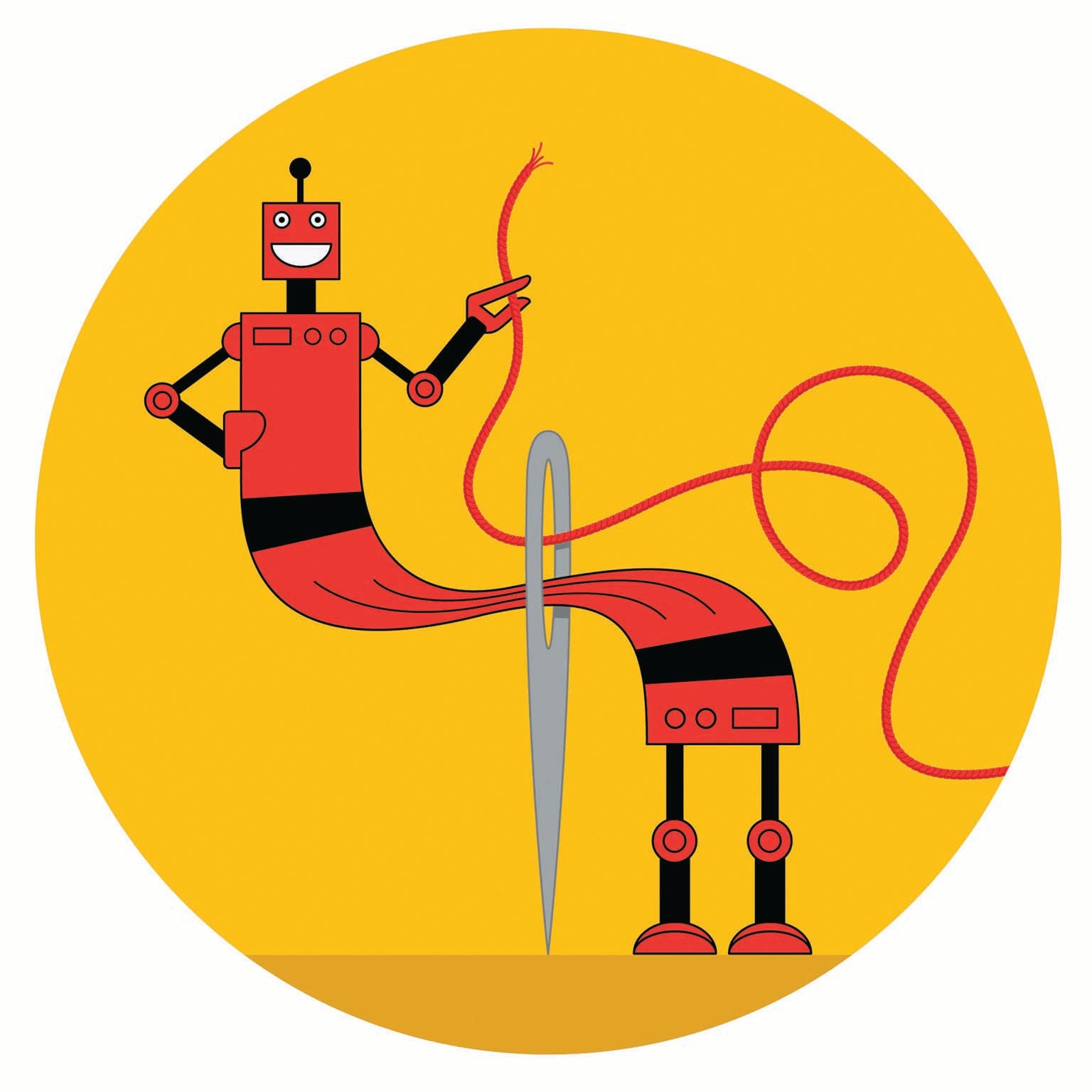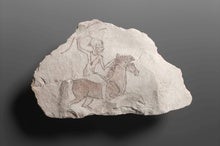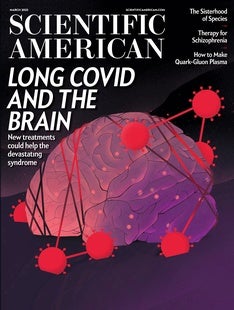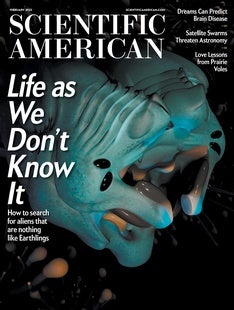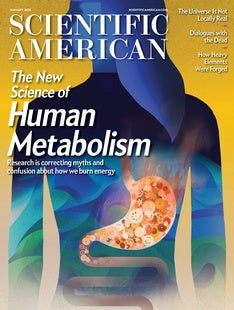 |
| March 07, 2023 |
Researchers have built tiny robots out of frog stem cells. These self-powered "xenobots" blur the line between living organism and automaton—and they could one day swim through the human body to perform medical marvels. Read more in this week's top story! |
| |
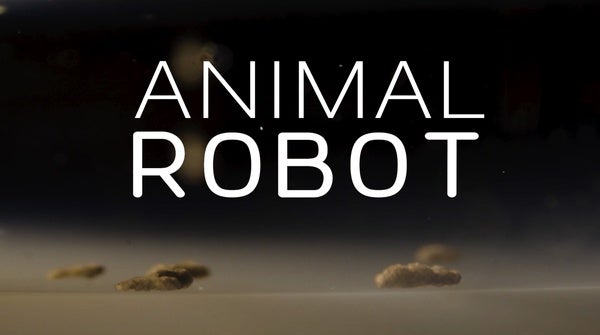 |
| |
| |
| Politics We Must Prevent a New Nuclear Arms Race Smart U.S. leadership and international pressure on Russia can prevent an unconstrained global nuclear arms race | | By Daryl G. Kimball,Frank von Hippel | | | |
| |
| |
| Artificial Intelligence Who Is Liable When AI Kills? We need to change rules and institutions while still promoting innovation to protect people from faulty AI | | By George Maliha,Ravi B. Parikh | | | |
| |
| |
| QUOTE OF THE DAY
 "Even before the COVID pandemic, companies tried to enhance employee well-being with interventions such as wellness programs. The new report suggests that a four-day workweek could be a tool for this purpose." Jan Dönges, Sophie Bushwick, Scientific American | |
FROM THE ARCHIVE
 | | | |
LATEST ISSUES
 |
| |
| Questions? Comments?  | |
| Download the Scientific American App |
| |
| |








